THANK YOU FOR THE WATER
Conservation brings results in Brazil

Brazil's coastal rainforest in Bahia state could hardly be more distant from a sheep farm in New South Wales.

Yet I found visiting it a few years ago both inspirational and helpful for my own plans.
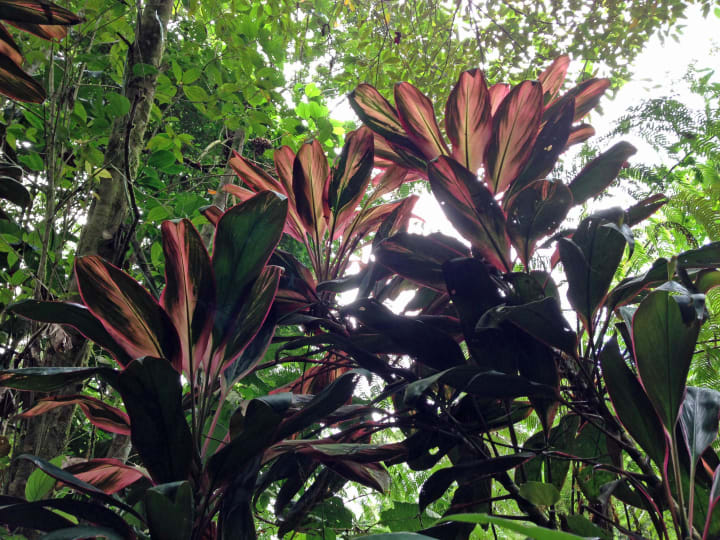
The rainforest plant life is nothing like our dry eucalypts and grasses. While there are a few ancient relatives of Australian plants, most of the vegetation looks to my eyes as if it's been ordered from a hothouse catalogue - heliconias, bromeliads, philodendrons, orchids and more.
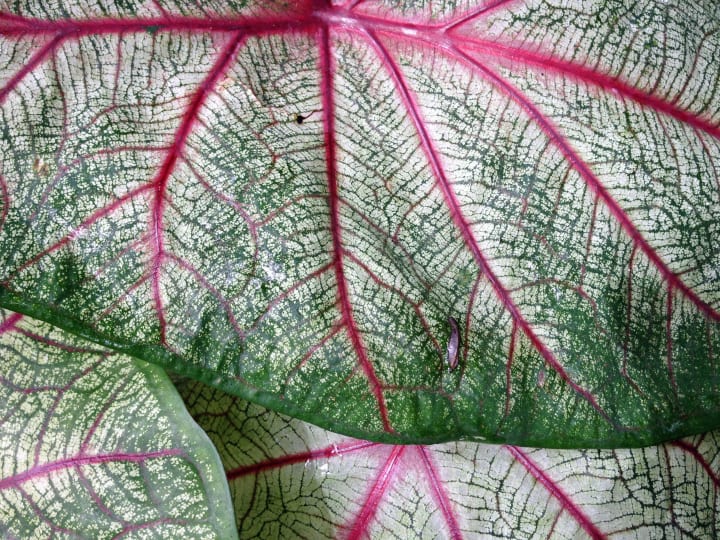
We were lucky enough to spend some time exploring at Serra Bonita Reserve in Bahia, on the Atlantic coast of Brazil. Lepidopterist Vitor Becker and educator Clemira Souza started building a reserve for the rainforest in 1997, just after Brazil began allowing land ownership for wildlife purposes. Before that, anyone who kept a piece of rainforest uncleared or unfarmed risked having it confiscated and given to someone who would farm it.

Bahia is famous for its cacao plantations, where the cacao trees are planted under the canopy of the rainforest. Craig was reading Jorge Amado's "The Violent Land" while we were there, horrified with its descriptions of the cruel plantation system, and the wealth that was gained from it. But at the same time that Vitor was getting his reserve started, "witches broom disease" began to destroy the local cacao industry and many growers were willing to sell off land and leave for the bright city lights of Sao Paulo.
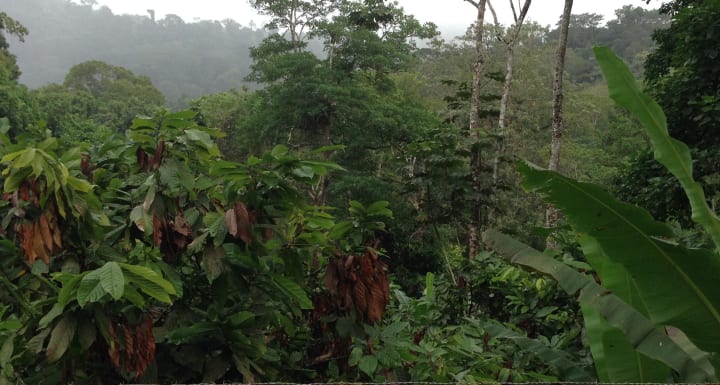
Those that stayed either moved to growing cattle (clearing the forest and leaving just a few remnants), or new varieties of cacao grown without the forest canopy. Either option is less friendly for wildlife than the older cacao plantations.

I'm very impressed that, farm by farm, Vitor has stitched together a refuge. He's had the help of lots of local and international partners under the Instituto Uiracu (named after the local Harpy Eagle, an amazing bird that looks like someone has dressed a human in a bird suit). He'd like to build the area up to 18,500 acres (7500 hectares).

Only some of it has been fully protected (in green), other parts are partially protected, but include, say, a banana plantation to allow reserve workers to support themselves, or accommodation for visiting scientists.
It's projects like Instituto Uiracu at Serra Bonita that have slowed Brazil's rate of deforestation. 500,000 square kilometres were put under protection between 2003 and 2009 in Brazil (that's 50 million hectares or 2 hundred thousand square miles). A lot. Brazil is big, though, and there's still plenty to do. It's really heartening to see that the right incentives can work, although the current Brazilian government has wound back some of the protections and encouraged illegal encroachment on forests.
Serra Bonita is not just a reserve, there are also guest rooms, labs for visiting scientists and Vitor's huge research collection of moths.


One of his projects has been to work on re-introducing howler monkeys to the area.

Unfortunately, the female was too old and sophisticated for the young male, who has been left to grow up some more before they try again with a more appropriate mate. In the meantime, we got to have a baby howler monkey's prehensile tail wrapped around our necks like a warm furry scarf.
Vitor has been encouraging locals to be more interested in the wildlife, with some success.
The snakes are still unpopular, though. A key predator in the forest is the bushmaster (lachesis muta) which is heat-seeking as well as venomous. I understand the behaviour of our local Australian snakes reasonably well (meaning I stay out of their way) but I was a little freaked at the idea of a creature that would hunt me down by body heat.
When I read about one that caused an accident by attacking the headlight of a passing motorcycle it kept me awake for a few nights. Since American Airlines had lost my baggage on the way to Brazil from Miami (apparently around half the luggage regularly goes to San Salvador in Central America instead of the city of Salvador in Bahia), I had to make a special trip to a Brazilian shopping mall to stock up on snake-proof long pants. Of course we saw no bushmasters, nor the even worse fer de lance, but Craig and Charles did catch a cute frog with red legs.

I was impressed by Vitor's organization, the scale, and the numerous scientific projects he has going on. But one story he told me I reminded me that there are ways that all conservation projects can be alike.
In this case the likeness is in the hills . "Serra" means mountain range. Our hills are smaller, but they're still important.
My plan has been to revegetate the bare ridges of our farm in particular because I've been told that's one way to start slowing down the movement of water in the landscape and protect our vulnerable soils. At the start I found it hard to believe that the top of the hills would be a good place to store water, when it's most visible as it rushes down the slopes in creeks and streams. At some stage I hope planting the hills will start making a visible difference.

In contrast, Serra Bonita's mountains have kept much of their original vegetation.

It's cloud forest - with some of the moisture coming from the fogs that wrap themselves around the peaks. The mountain range in the reserve is surrounded by lower farming land, running down to lakes and eventually to the Atlantic Ocean.
Vitor told me a story about the recent drought they'd been having (which was not very obvious to an Australian):
"A lot of the local streams dried up, and the farmers had no water. Those were the streams where all the hills had been cleared. But the streams that came out of our reserve kept running, all the way through the dry spell.
One day I met a farmer who said to me "Thank you for the water." He recognized the reason he still had water was the forest. Nobody had to tell him, he could see it."
With all our differences, I'm hoping that we can achieve something as profound and effective one day.
(This was originally published at One Bend in the River)

About the Creator
Fiona Hamer
Simultaneously writing fiction and restoring a sheep farm in Australia. Can get messy. You can see more about life on the farm at onebendintheriver.com.

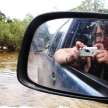
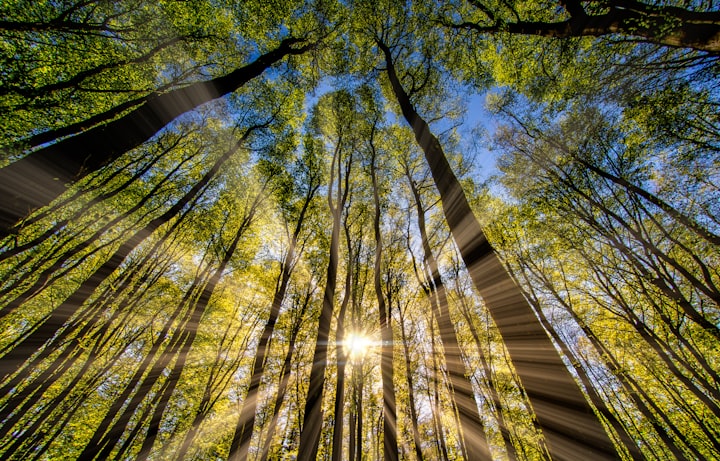



Comments
There are no comments for this story
Be the first to respond and start the conversation.